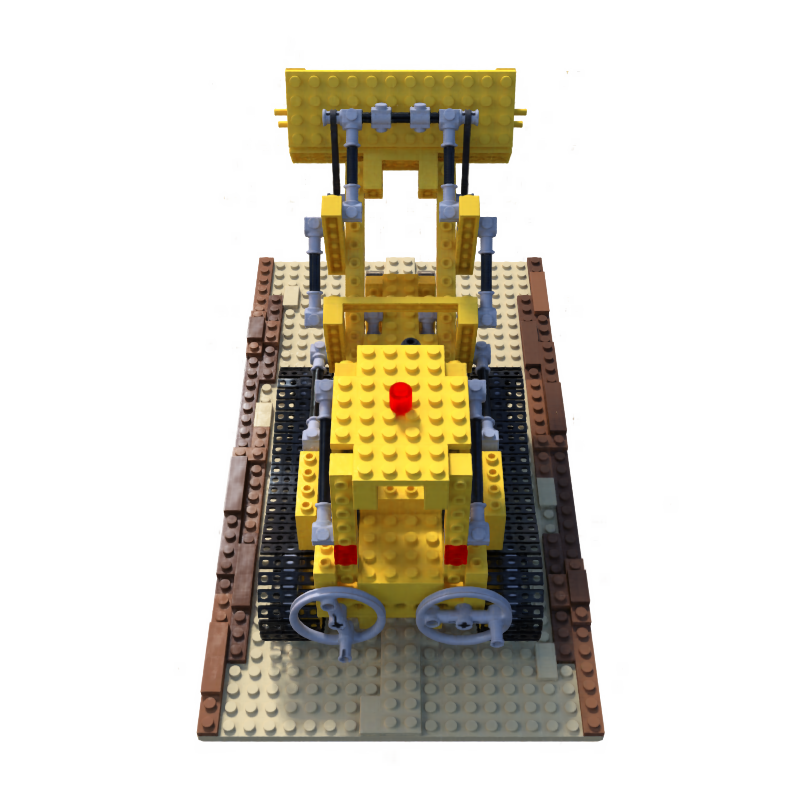Masked Wavelet Representation
for Compact Neural Radiance Fields
CVPR 2023
Daniel Rho1*, Byeonghyeon Lee2*, Seungtae Nam2, Joo Chan Lee2, Jong Hwan Ko2†, and Eunbyung Park2†
1KT, 2Sungkyunkwan University
*Equal contribution, †Corresponding authors

Abstract
Neural radiance fields (NeRF) have demonstrated the potential of coordinate-based neural representation (neural fields or implicit neural representation) in neural rendering. However, using a multi-layer perceptron (MLP) to represent a 3D scene or object requires enormous computational resources and time. There have been recent studies on how to reduce these computational inefficiencies by using additional data structures, such as grids or trees. Despite the promising performance, the explicit data structure necessitates a substantial amount of memory. In this work, we present a method to reduce the size without compromising the advantages of having additional data structures. In detail, we propose using the wavelet transform on grid-based neural fields. Grid-based neural fields are for fast convergence, and the wavelet transform, whose efficiency has been demonstrated in high-performance standard codecs, is to improve the parameter efficiency of grids. Furthermore, in order to achieve a higher sparsity of grid coefficients while maintaining reconstruction quality, we present a novel trainable masking approach. Experimental results demonstrate that non-spatial grid coefficients, such as wavelet coefficients, are capable of attaining a higher level of sparsity than spatial grid coefficients, resulting in a more compact representation. With our proposed mask and compression pipeline, we achieved state-of-the-art performance within a memory budget of 2 MB.
Why wavelet transform?



Using wavelet coefficients can enhance visual quality, especially when sparsity is high. Furthermore, using a higher level of the wavelet transform can improve visual quality and sparsity even further.
Grid visualization
Top

Lateral

Front

Wavelet coefficients



Binary mask



Masked wavelet coefficients



After IDWT
With our proposed method, most wavelet coefficients (more than 95%) can be zeroed out.
Demo
NeRF Synthetic Dataset - Lego

PSNR: 36.04
Size: 17.03MB

PSNR: 35.33
Size: 1.67MB
| Left Model | Frame | Right Model |
NeRF Synthetic Dataset
NSVF Synthetic Dataset
Bibtex
We used the project page of Fuzzy Metaballs as a template, and our interactive demo is based on NeRF-Factory.